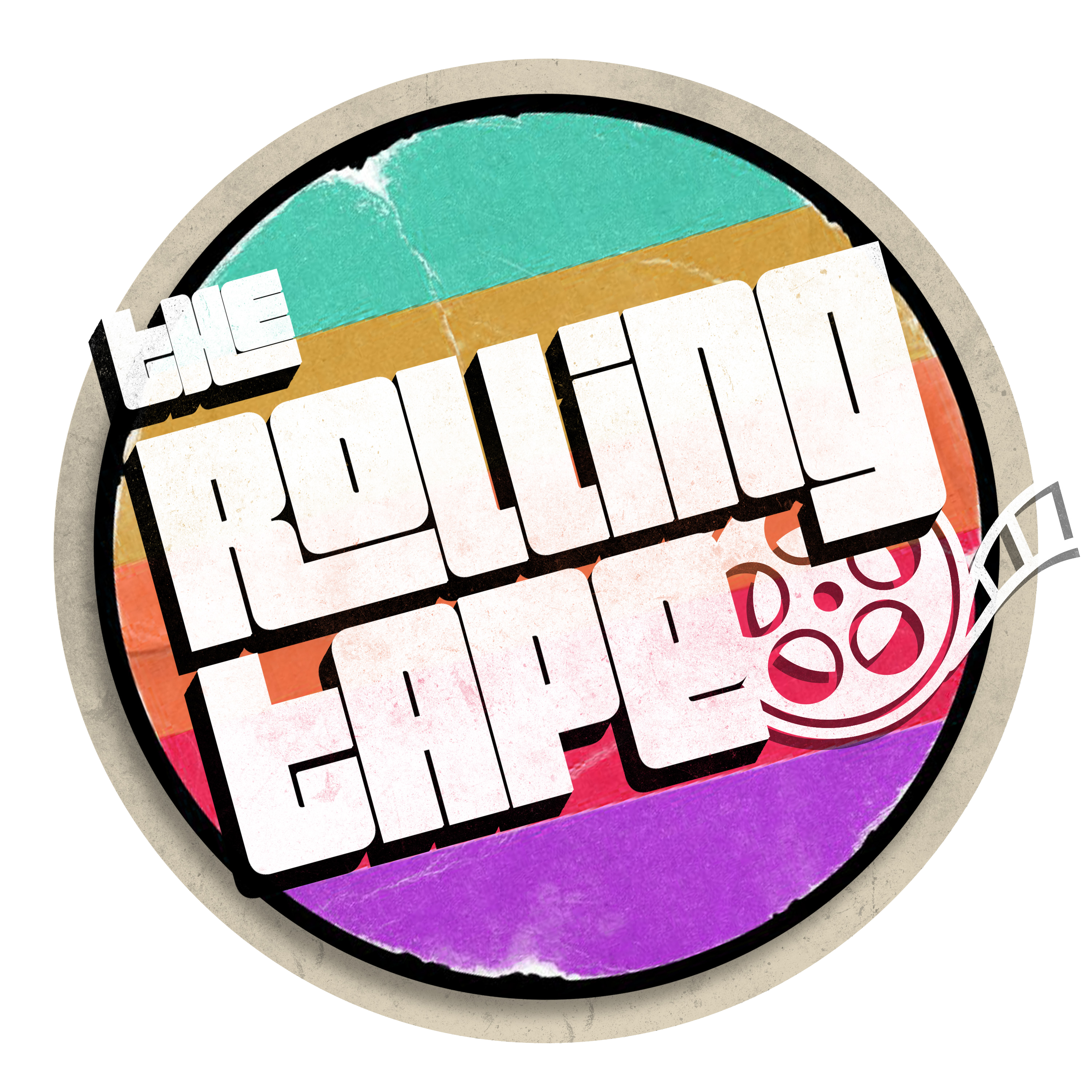With his twenty-third feature film, The Shrouds, releasing last week, I find it apt to perform a dissection of sorts on David Cronenberg’s filmography. In all phases of his career, Cronenberg has never shied away from honing in on the gross and the desirable in equal measure, never failing to add in his own personal fears and neuroses about the human condition, or what it means to be human. Even in his non-horror fare, Cronenberg’s films hone in on what it means to be human: the good, the bad, the morally questionable, and the nasty.
While I am loath to fall into the auteurist mindset, it’s difficult to discuss Cronenberg’s filmography without discussing his synonymous association with body horror. While Cronenberg didn’t invent body horror, it’s been thematically present since the Gothic literature movement, his name has become the shorthand for the subgenre. What makes Cronenberg’s brand of body horror (and, I’d argue, artistic direction in general) resonate is his artistic mandate to make the body an unignorable presence.
This mandate is why I think Cronenberg’s films tend to stick in the audience’s minds, whether they want them to or not. Many horror subgenres externalize the source of discomfort to some sort of outside force: werewolves, vampires, ghosts, home invaders, et cetera. And, while these are scary, of course, they are ostensibly avoidable. The body is not. Everyone has a body, and that body is bound to do something perceived as weird, gross, undesirable, or painful. Be it something minor like a random cyst or broken arm or something major like cosmetic surgery or childbirth, Cronenberg has consistently drawn attention to what the human body is capable of.
As his ethos posits, the graphic capabilities of the body, synonymous with body horror, especially in Cronenberg’s works, force the human form to the forefront of each film. His genre fare specifically hinges upon changing bodies into forms and shapes viewed otherwise as inconceivable. Films like Crash (1996) and The Fly (1985) sort of span the continuum of what fantastical bounds Cronenberg surmises the human body could surpass: on one end, an addiction to pain, on the other, a malfunction of science blurring the lines between man and beast.
Each minute detail of the transformative process, and the acts of pleasure it brings, are shown in unignorable close-ups–Seth Brundle’s (Jeff Goldblum) skin and teeth peeling in The Fly have always particularly stood out to me. Of course, nobody wants to see harm come to a human body, but the way Cronenberg frames each piece of a body falling apart, either intentionally through means like surgery or unintentionally like molting into the body of a humanoid fly, is strangely beautiful.
But, Cronenberg’s exploration of the human condition doesn’t start and end with just physicality. Even in his non-genre fare–such as Dead Ringers (1988), A History of Violence (2005), and Eastern Promises (2007)- the human condition is still the central focus. While physical deterioration or bodily transformation isn’t center stage, the conditions of what makes humans human certainly are.
While the genres of each film seem quite disparate from what the name “Cronenberg” evokes, meditations on violence and desire, in both intra and interpersonal dynamics, are just as much tied into the body as any fantastical surgery or random appearance of an orifice. Dead Ringers is my personal favorite of Cronenberg’s films for this reason. While the gynecological procedures are quite subdued in the film, watching the already toxic codependent relationship between Elliot and Beverly (Jeremy Irons for both) deteriorate to a point where they find both solace in each other is just as uncomfortable as any pap smear.
Finally, as I mentioned at the start, Cronenberg is no stranger to imbuing his films with his own neuroses and personal experiences. Most notably, thanks to films like Videodrome (1983), eXistenZ (1999), and Crimes of the Future (2022), Cronenberg has publicly reckoned with his own feelings towards what the impacts of the ever-evolving sphere of technology mean for humanity as a whole: technocrats, virtual spaces, and the lack of regulation between the two still remain as prescient as ever.
But, Cronenberg also uses his films to reckon with his own life, touching on personal fears viscerally through the most universal audiovisual medium. Notably, The Brood (1979), which centers on a woman literally devolving into a womb constantly producing and controlling children, was made as a way to process Cronenberg’s messy divorce from his first wife.
His latest feature also follows in this tradition as Cronenberg’s way to process his grief following the death of his second wife, Carolyn Zeifman, in 2017. The Shrouds meld fears of surveillance and technology with the process of grief of a spouse and the human fascination with death. Again, Cronenberg never shies away from the body, both in Karsh’s (Vincent Cassel) fascination with watching decomposing bodies and his fixation on his late wife’s twin sister (both played by Diane Kruger). The film unifies the biggest themes that permeate Cronenberg’s films while still feeling like his most personal work yet; I’d even argue some of the messier narrative parts and meditative pacing encapsulate the feelings of grief, especially grief associated with losing a long-time spouse.
I have always found David Cronenberg’s filmography fascinating. Although his films span various genres, his fascination with the human condition constantly feels novel and continues to enchant me. His fascination with the human body and the feelings of desire, repulsion, or some combination of the two it evokes continues to inspire how I view my body and my relationship to it.
Editorial Written by Red Broadwell
Feature Image Courtesy of Janus Films via NPR; Still from ‘The Shrouds’

Recent Comments